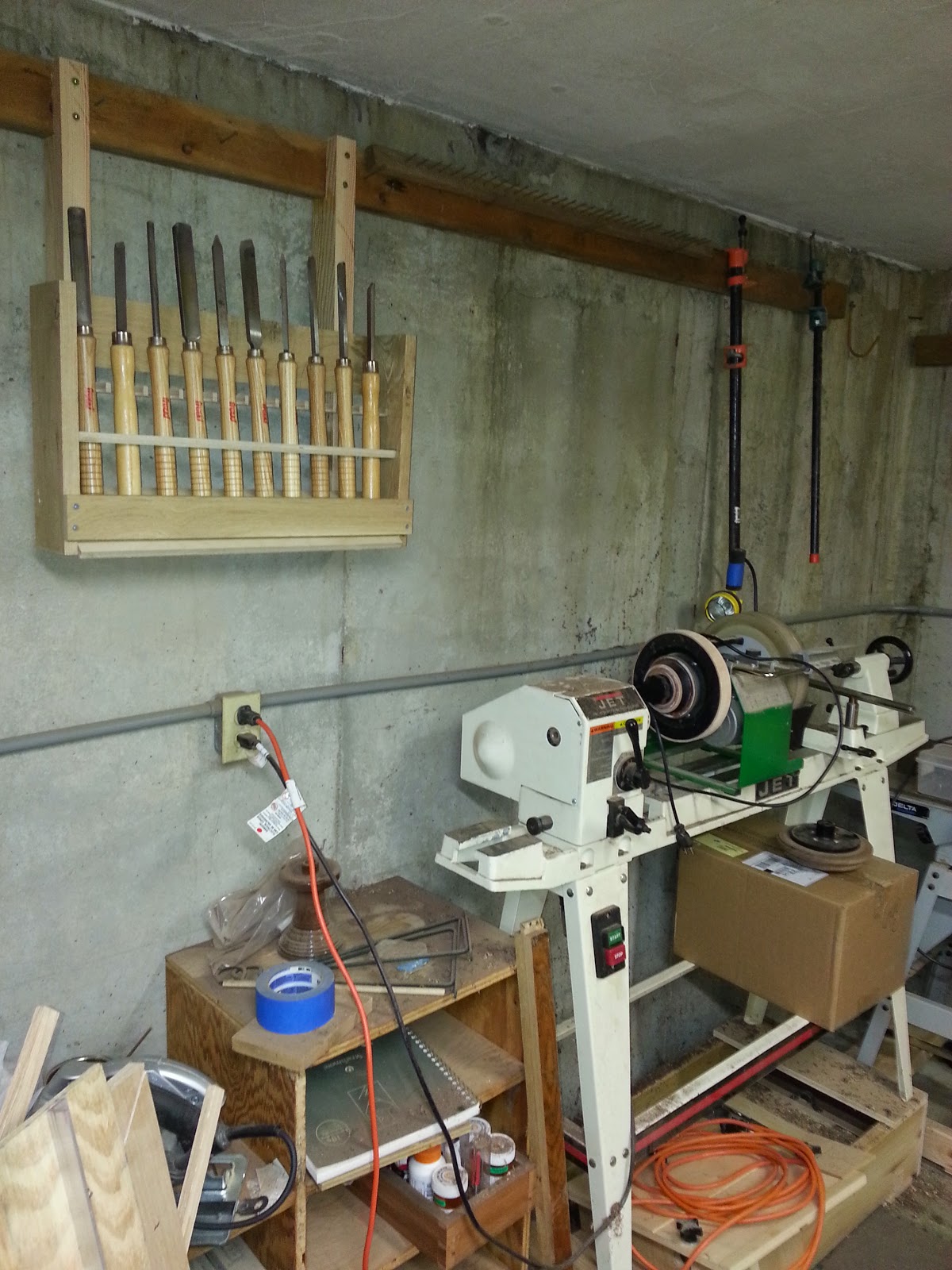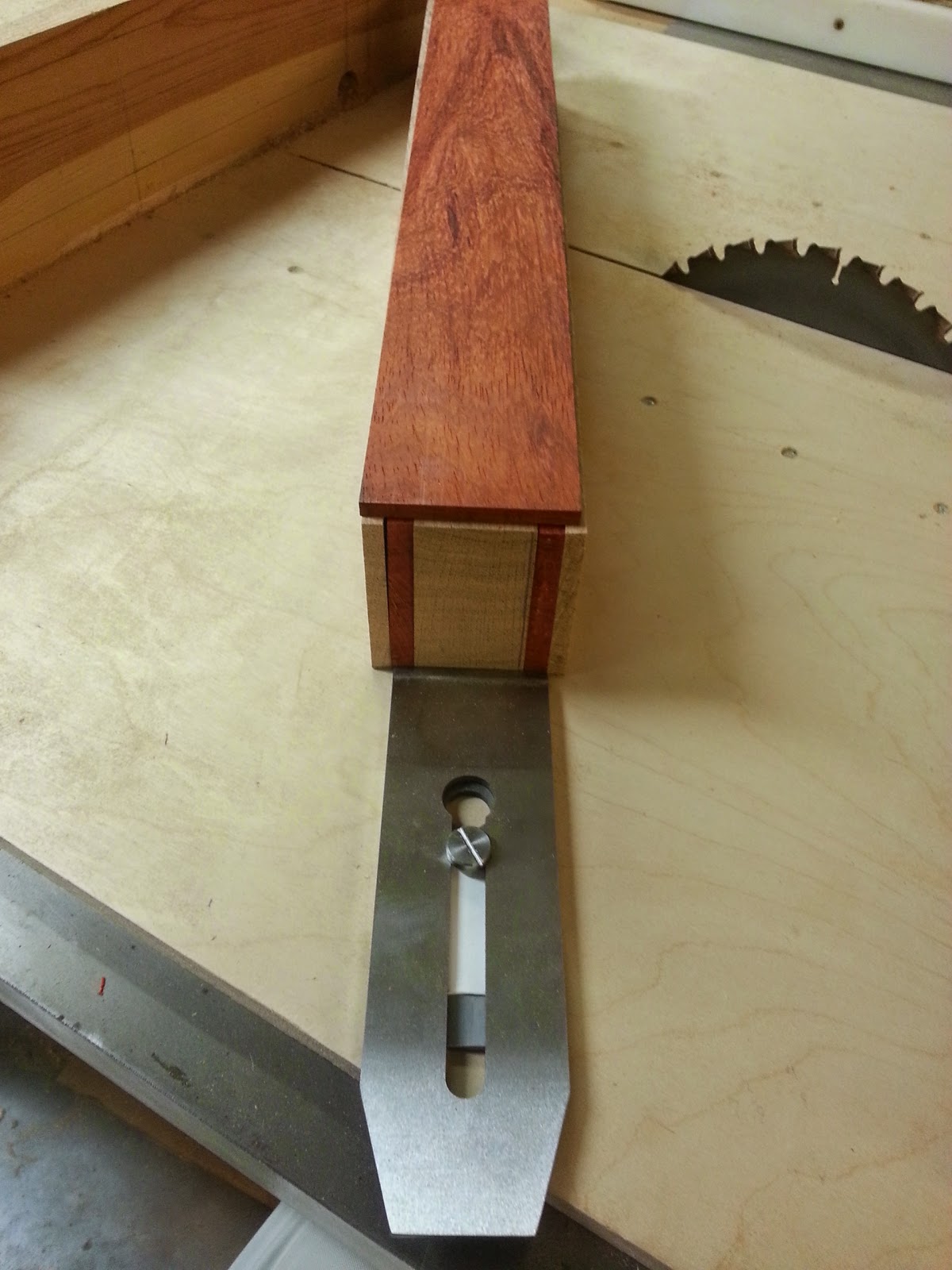Down They Came
We had a couple oak trees (shared the same trunk) die a couple years ago, and I had a guy come and fell them last Monday. Now I have a big pile of logs and branches to deal with. Both trees were very straight and tall, and I was left with a couple long logs that came from the sections right above the trunk. One is about 12 feet or so long, and about two feet in diameter. I watched some YouTube videos and proceeded to split it. Here are some pictures from the felling and the splitting.
Korte Tree Service came and cut down the two trees. He did a great job, and was the least expensive I could find in our area. He used a bucket truck to get way up in the tree to bring it down safely and quickly.
He could position the bucket pretty much were ever he needed.
Splitting Logs
I made some gluts from some of the branches to help split the logs.
I scored the end of the biggest log with a hatchet and started the split with the hatchet used like a small wedge. Then I was able to start driving some regular steel wedges. It started splitting pretty well. Once it split wide enough on the end, I started adding the gluts to hold the split open. I used a 4-pound hammer for most of the pounding. It seemed to work better than a heavy maul. I found if I hit the gluts too heard, they bounced back out, but if I hit them easier, they sank consistently.
I started working my way down the log, leap-frogging wedges and gluts until I worked my way all along the length of the log. I love the cracking sound as the split propagated along the log. You could here it cracking and popping long after the pounding stopped. I had to leave it overnight with the wedges buried, and it had split quite a bit by morning, just from the residual wedge pressure.
I finally got it split the next day. I will split each half again and remove the bark and find someplace to store the quarters until I figure out what to make with them. It had a slight twist to it, but not too bad at all. Then on to the other big log, and all the smaller ones too. What to make? What to make?
This is after splitting off one third of the left half. I measured it tonight and it is a little over 12 feet and about 15 inches in diameter. I think I will end up cutting lengths of either 6 or four feet depending on what I make. I should get about 12, 6-foot long 2x4s and 24, 6-foot long 2x2s from this log, all quarter-sawn grain.
I finished splitting the rest of the halves into thirds, giving me six beams total. I got the process down to a few easy steps. See below for some drawings that illustrate the steps.
This is a side view.
We can start working our way down the log now.
This is also a side view of the log.
The steel wedge is black, the wooden glut has arch shape on it.
You just repeat step 7a and 7b until you are at the end of the log. Each time you move the black wedge down and drive it in, you extend the crack along the log.

















































